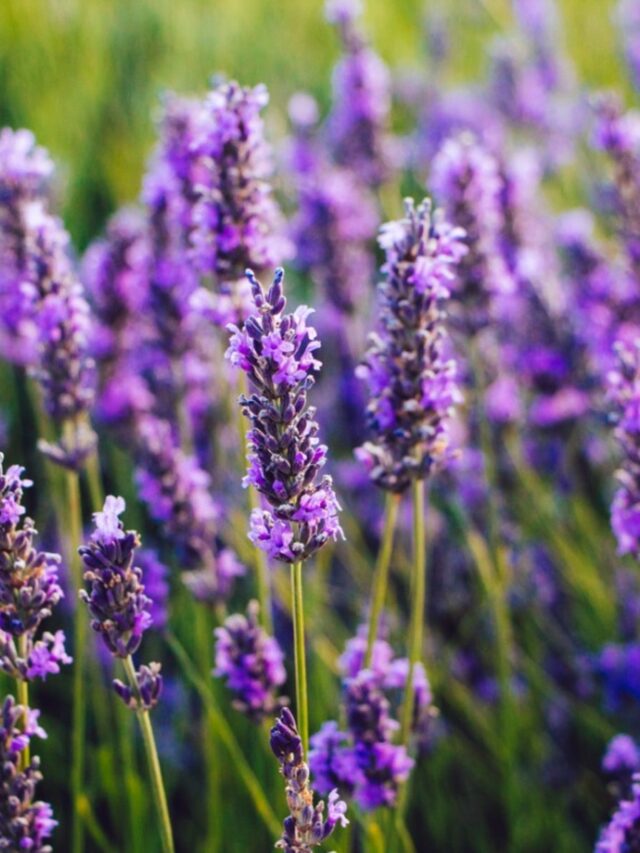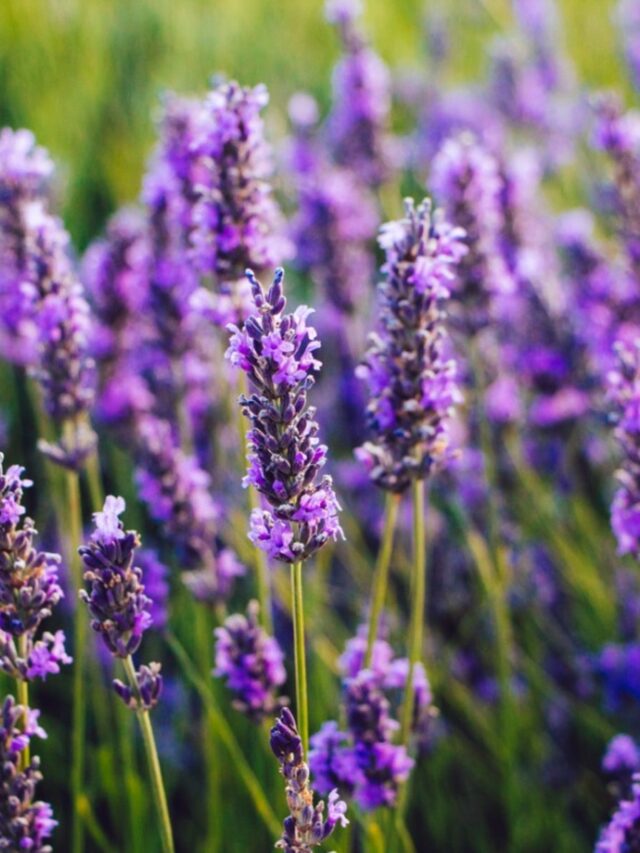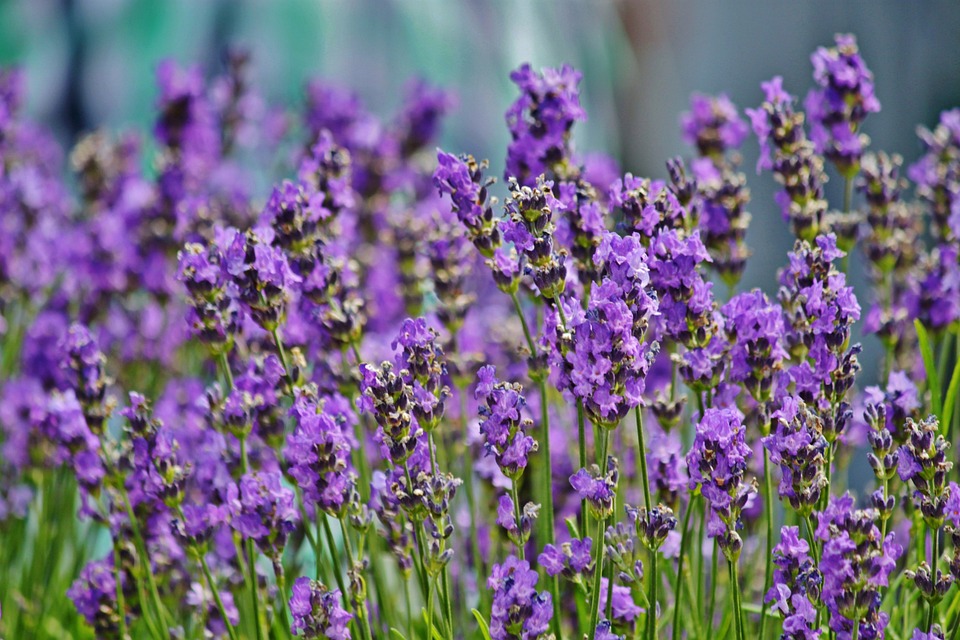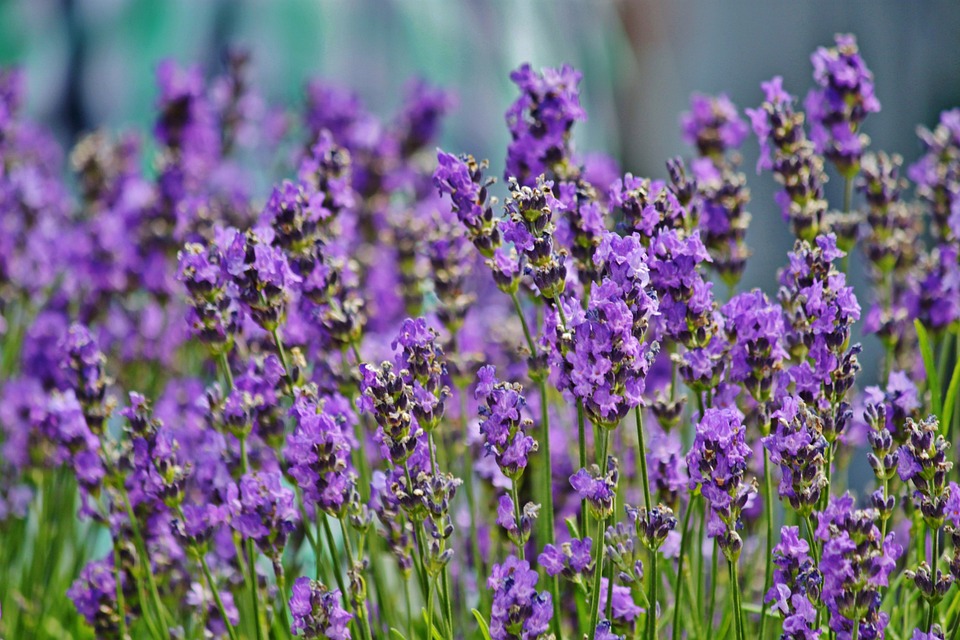In the realm of gardening, there exists a category of plants that embodies resilience, reliability, and enduring beauty—perennials.
These botanical wonders have captivated gardeners for generations with their ability to return year after year, bringing bursts of color and vitality to gardens and landscapes.
From the vibrant hues of the daisy to the delicate allure of the peony, perennial flowers offer a diverse array of choices suited to every taste and climate.
In this article, we delve into the enchanting world of perennial favorites, exploring their characteristics, cultivation tips, and the joy they bring to both novice and seasoned gardeners alike.
The Appeal of Perennials

Perennials are plants that live for more than two years, with many surviving for decades under the right conditions.
Unlike annuals, which complete their life cycle within one growing season, perennials die back to the ground in winter but regrow from the same roots each spring.
This characteristic makes them a cost-effective choice for gardeners, as they do not need to be replanted annually.
One of the primary appeals of perennials lies in their ability to establish deep root systems over time, which enhances their resilience to drought and other environmental stresses.
Additionally, their longevity allows them to form clumps or spread, gradually increasing in size and beauty with each passing year.
This natural tendency to multiply often results in a garden that becomes more vibrant and lush as the seasons progress.
Popular Varieties of Perennial Flowers
Lavender (Lavandula spp.)

Lavender is celebrated for its aromatic foliage and striking purple flowers, which attract pollinators like bees and butterflies.
It thrives in sunny, well-drained locations and is prized for its culinary and medicinal uses in addition to its ornamental value.
Black-eyed Susan (Rudbeckia hirta)

Known for its cheerful yellow petals and dark centers, Black-eyed Susan blooms profusely from mid-summer to fall.
It is a hardy wildflower that adds a splash of warm color to gardens and is often used in wildflower meadows and cottage gardens.
Daylily (Hemerocallis spp.)
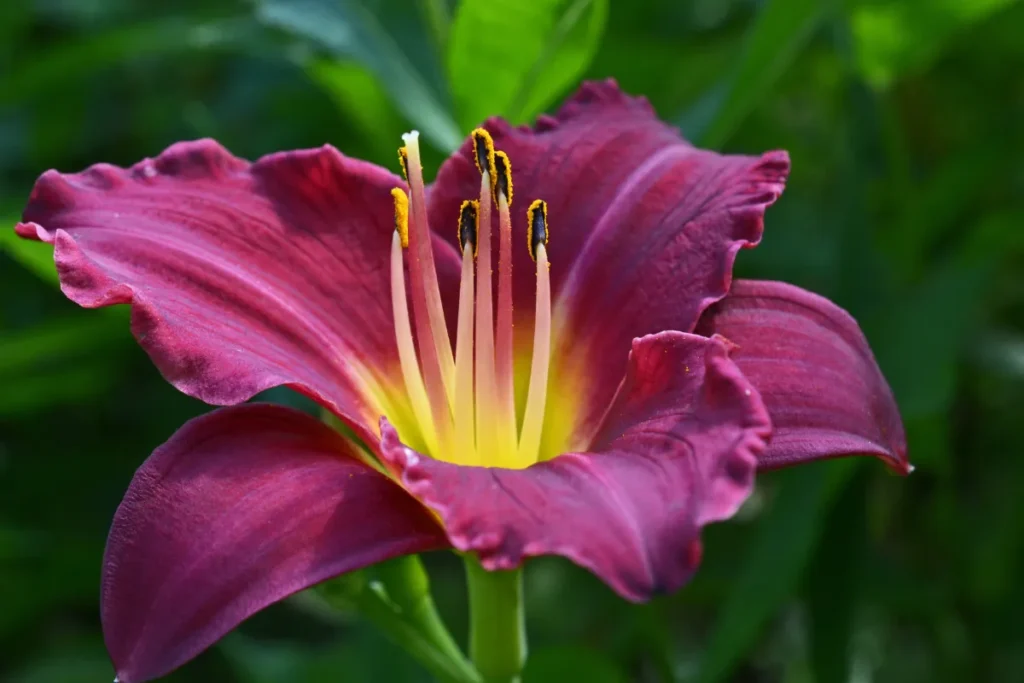
Daylilies are beloved for their vibrant, trumpet-shaped flowers that come in a variety of colors.
They are low-maintenance perennials that thrive in sunny to partially shaded areas, making them versatile additions to garden borders and containers.
Peony (Paeonia spp.)

Peonies are cherished for their large, fragrant blooms that appear in late spring to early summer.
Available in shades ranging from white and pink to deep red, peonies are long-lived plants that become more floriferous with each passing year.
Hosta (Hosta spp.)

Hostas are prized for their lush foliage and tolerance of shade, making them ideal for adding texture and contrast to garden beds.
They produce spikes of lavender or white flowers in summer and are valued for their resilience and adaptability.
Cultivating Perennials: Tips for Success
Successful cultivation of perennials begins with selecting varieties that are well-suited to your climate and growing conditions.
Consider factors such as sunlight exposure, soil type, and moisture levels when choosing plants for your garden.
Here are some general tips to ensure your perennial garden thrives:
Site Selection: Most perennials prefer well-drained soil and full sun to thrive. However, there are varieties that tolerate shade or moist conditions, so choose plants that match your garden’s environment.
Planting: Follow specific planting instructions for each type of perennial.
Typically, you’ll dig a hole slightly larger than the root ball, place the plant in the hole, and backfill with soil, ensuring the crown of the plant is level with the soil surface.
Watering: Newly planted perennials need regular watering until they establish a strong root system.
Once established, they generally require less maintenance, but monitor soil moisture during dry periods.
Maintenance: Deadhead spent flowers to promote continued blooming and tidy appearance.
Dividing overcrowded clumps every few years rejuvenates plants and encourages healthy growth.
Winter Care: Mulch around perennial plants in late fall to protect roots from freezing temperatures.
In spring, remove excess mulch to allow new growth to emerge.
Conclusion
Perennial flowers are the backbone of many gardens, providing years of beauty and enjoyment with minimal effort.
Their diverse colors, forms, and fragrances cater to every gardener’s preferences, whether designing a formal garden or a wildflower meadow.
By understanding their needs and characteristics, gardeners can create landscapes that evolve and improve over time, showcasing the enduring allure of perennial favorites.
Whether you’re a novice gardener or a seasoned enthusiast, exploring the world of perennials promises a rewarding journey filled with blooms that return year after year, enriching both the garden and the soul.


